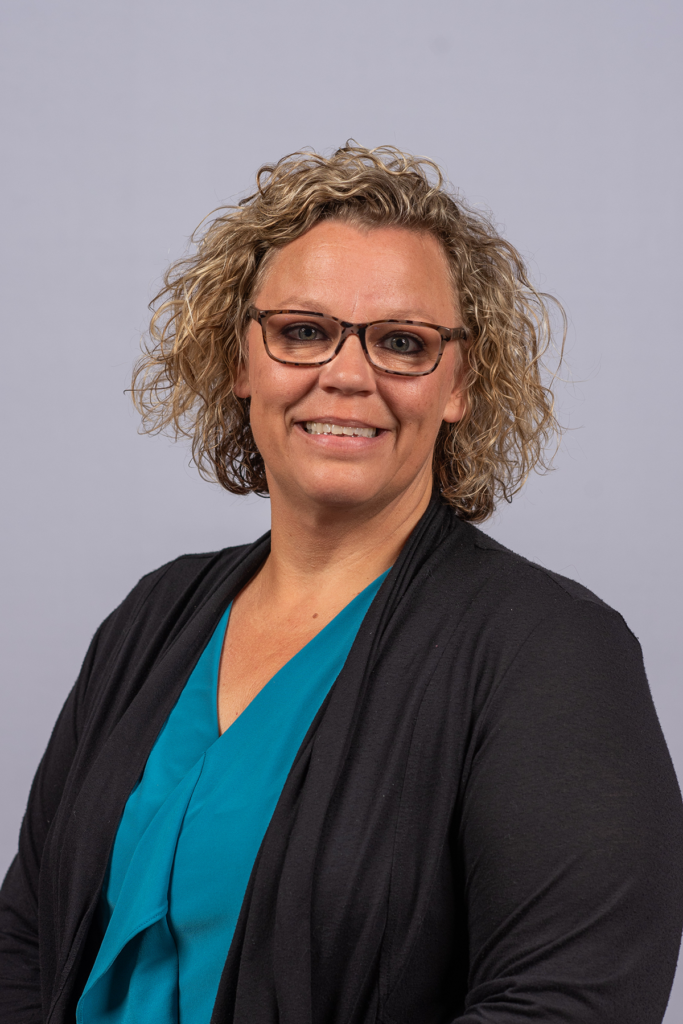JANUARY IS STALKING AWARENESS MONTH
The Shawnee Tribe’s Behavioral Health Program is providing information in January for Stalking Awareness Month. Stalking is a serious and often misunderstood form of victimization. It involves a pattern of behaviors that would cause a reasonable person to fear for their safety or experience significant emotional distress. Stalking is not rare, and it is not […]

